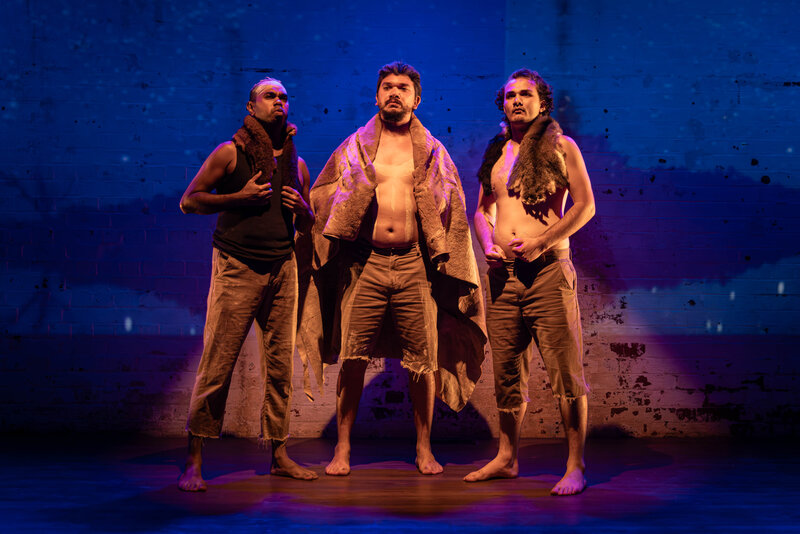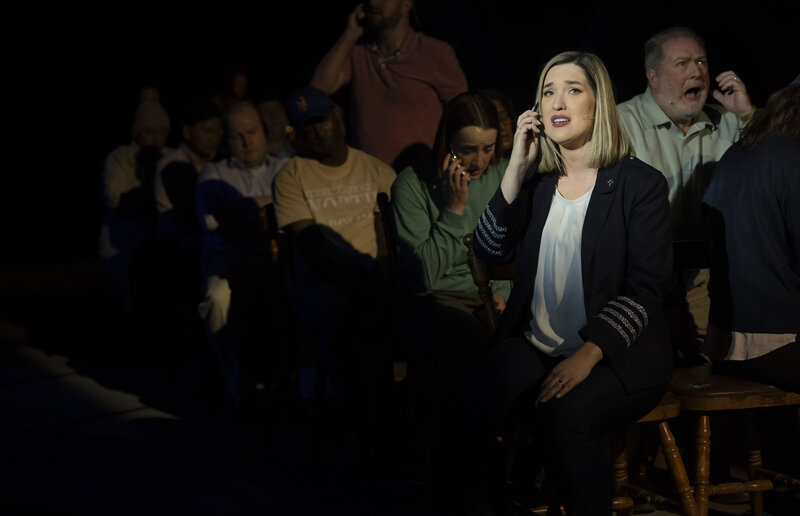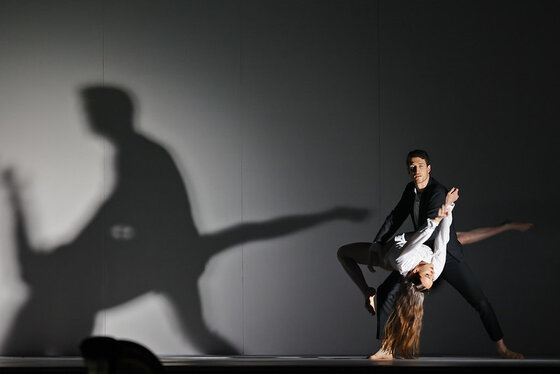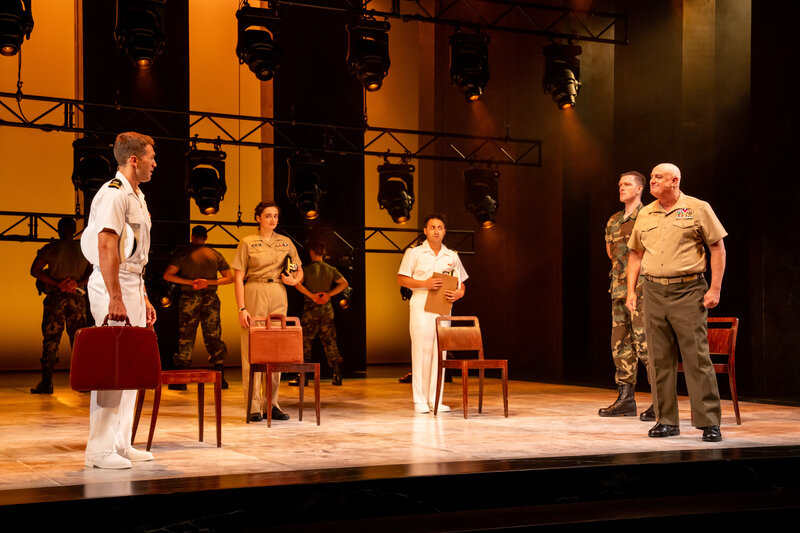Fifty shades of bland?
This offbeat film exploring a sadomasochistic relationship between two women in an unnamed community of women situated somewhere in Europe has hit local cinemas in the wake of more sexually explicit films like Blue is the Warmest Colour and Nymphomaniac, as well as a couple of other more risible films exploring the world of b&d and domination with My Mistress and the immensely popular Fifty Shades of Grey. The Duke of Burgundy is the third film from British filmmaker Peter Strickland, whose previous films include the tough slow burn Romanian rape revenge thriller Katarina Varga and Berberian Sound System, a twisted and atmospheric psychological thriller in the style of the Italian Giallo films.
 The Duke of Burgundy is largely set within the crumbling country estate owned by Cynthia (played by Danish actress Sidse Babett Knudsen, best known to audiences for her role in the gritty TV series Borgen), a lepidopterist who enjoys a strange relationship with her assistant Evelyn (Chiara D’Anna, from Strickland’s Berberian Sound System). Evelyn is the older of the two women and acts as a subservient slave for Cynthia, performing menial household chores and being regularly punished for her failure to perform her duties satisfactorily. Cynthia needs to be dominated, but Strickland eventually blurs the line between who is the domineering one in this relationship. The balance of power continually changes until it is fractured altogether.
The Duke of Burgundy is largely set within the crumbling country estate owned by Cynthia (played by Danish actress Sidse Babett Knudsen, best known to audiences for her role in the gritty TV series Borgen), a lepidopterist who enjoys a strange relationship with her assistant Evelyn (Chiara D’Anna, from Strickland’s Berberian Sound System). Evelyn is the older of the two women and acts as a subservient slave for Cynthia, performing menial household chores and being regularly punished for her failure to perform her duties satisfactorily. Cynthia needs to be dominated, but Strickland eventually blurs the line between who is the domineering one in this relationship. The balance of power continually changes until it is fractured altogether.
The film is the antithesis of Fifty Shades of Grey as it explores similar themes and concepts, but in much less sensational fashion. The film concerns itself with sexual politics, the destructive nature of love and obsession and it delves into the psychological concerns of its female characters. But it becomes very repetitive in nature and many may well find it rather dull.
Strickland’s influences are many and varied, but they obviously include those masters of style and weirdness David Lynch and Peter Greenaway. The film is very much in the style of the European arthouse cinema of the 70s, and evokes memories of films like The Night Porter. It is elegant, stylish and enigmatic, but while the film is very sensual and lyrical and the eroticism underplayed, there is a lack of explicit sex and sensationalism.
The title itself comes from the name of a type of butterfly, and butterflies and moths are a key motif that is repeated throughout the film, with lots of shots of fluttering moths. As well, Evelyn’s desire to be locked in a box overnight is representative of the cocoon that transforms moths.
This is mainly a two hander, with a few peripheral characters that don’t make much of an impression on the material. The two central performances are intimate and subtle.
The film has been gorgeously shot by cinematographer Nicholas D Knowland, who uses natural lighting and bathes the interior shots in warm hues. It is also quite stifling and claustrophobic at times. The Duke of Burgundy was originally intended as loose remake of an obscure Jess Franco film until he became sidetracked with exploring the 70s sexpolitation genre. There is sparse dialogue. Strickland teases the audience with his slow and deliberate pacing. Imagery and soundscape have always been an important element of Strickland’s films, and here he uses the baroque setting to good effect in creating an unsettling and vaguely disturbing atmosphere. Cat’s Eye provide the sensual, classical musical score that also adds to the atmosphere.
Despite the salacious sounding nature of the material, The Duke of Burgundy is decidedly art house in look and feel, and will not hold broad appeal. There is a methodical repetition and coldness to Strickland’s style and the film will not be to everyone’s tastes.
Director: Peter Strickland
Cast: Sidse Babett Knudsen and Chiara D’Anna
Release date: 10 September 2015 (limited)
Rating: MA 15+
Greg King

David Edwards is the former editor of The Blurb and a contributor on film and television




